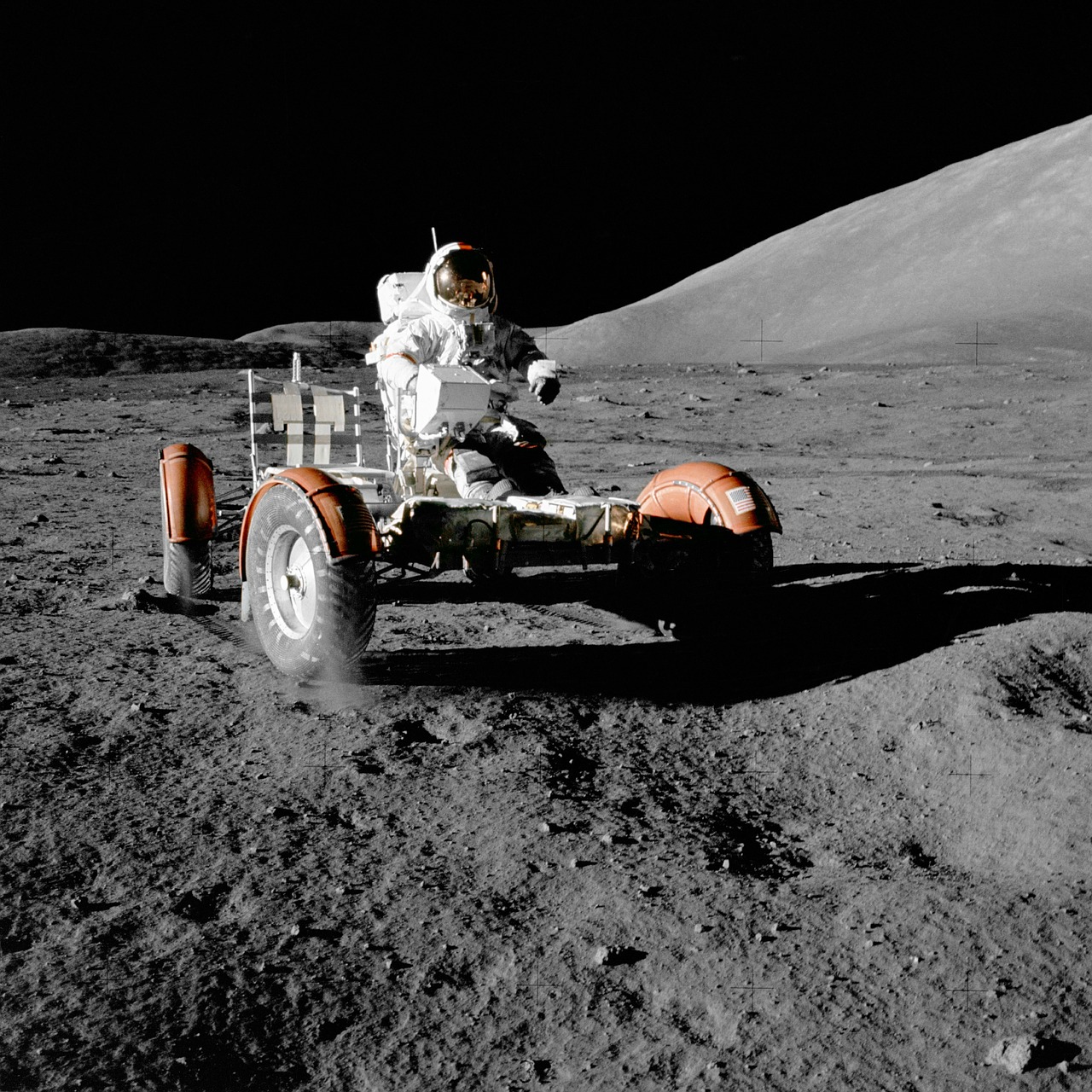
Vocabulary:
- launch /lawnch/
- desire /dih-ZAHYUHR/
- airless /AIR-lis/
- weather /WETH-er/
- radiation /rey-dee-ey-shuhn/
[verb] – to send something out, such as a new ship into the water or a spacecraft into space
A spokesman of NASA said they hoped to launch the first spacecraft within two years.
[verb] – to want something, especially strongly
The place had everything you could possibly desire.
[adjective] – used to describe a place where it is difficult to breathe or the air is not fresh
My hotel room was small, airless, and uncomfortable.
[verb] – to change in color or form over a period of time because of the effects of sun, wind, or other weather conditions
Rock is weathered by the action of ice and changes in temperature.
[noun] – a form of energy that comes from a nuclear reaction and that can be very dangerous to health
Many people in the laboratory became sick after being exposed to radiation.
Article reading:
“If you think about the planet and say you’ve visited ten locations, you can’t claim to know the entire Earth — and the same is true of the moon,” says Sara Al Maeeni, a project scientist at Dubai’s Mohammed Bin Rashid Space Center. “We’re hoping to learn more about airless bodies and see new stuff at the new location.” The moon, asteroids, and the planet Mercury are all examples of airless bodies because they lack an atmosphere. Solar radiation, meteoroids, and dust continually alter and weather their surfaces because they lack an atmosphere to cover them. The team plans to analyze the moon’s soil in detail, take temperature readings, observe how lunar dust adheres to various surfaces, and assess the effect of solar radiation.
Discussion Questions:
- Why do you think this project is important?
- Why do you think the The Emirates Lunar Mission chose to fly to a part of the moon that has never been visited by a rover?
- For you, why is it important to analyze the moon’s soil in detail?
- Is space exploration important? Why do you think so?
- If you were given a chance to study the moon, what would you specically want to learn about it? Why?
Summarization
Describe:
- historic project
- rover
- atmosphere
- surface
- assess